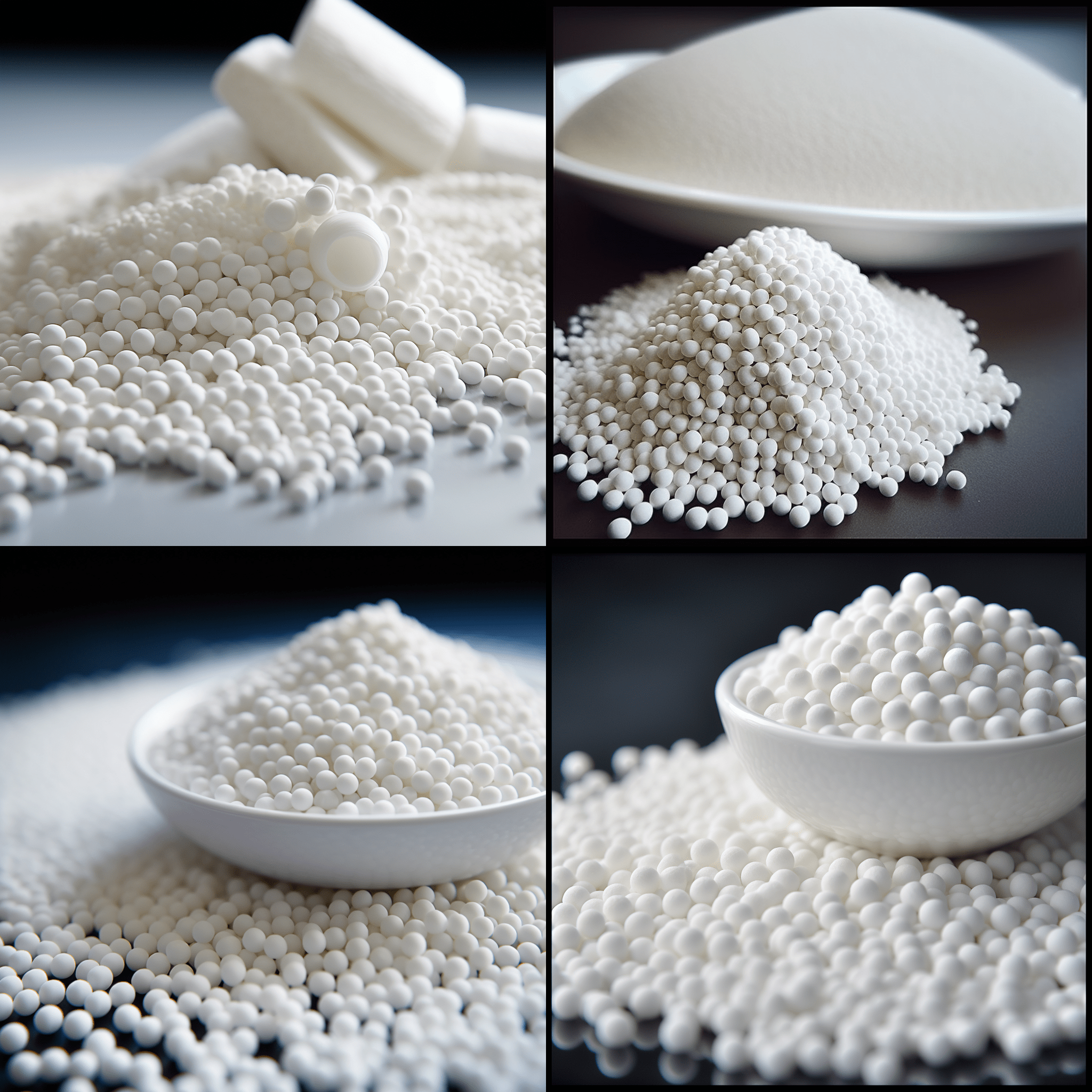In recent years, the demand for effective adsorbents has surged, driven by the need for cleaner industrial processes and environmental sustainability. Among the various materials available, alumina catalysts have emerged as a leading choice due to their unique properties and versatility. This article delves into the role of alumina catalysts as adsorbents, exploring their benefits, applications, and future potential in various industries.
Understanding Alumina Catalysts
Alumina, or aluminum oxide (Al2O3), is a widely used material in catalysis due to its high surface area, thermal stability, and ability to support various active metal sites. When utilized as a catalyst, alumina facilitates chemical reactions, enhancing efficiency and selectivity. However, its properties also make it an excellent adsorbent, capable of capturing and retaining a wide range of molecules, including gases, liquids, and even pollutants.

The Advantages of Alumina as an Adsorbent
- 1.High Surface Area: One of the most significant advantages of alumina is its high surface area, which allows for greater interaction with adsorbate molecules. This characteristic enhances the adsorption capacity, making alumina an effective choice for various applications.
- 2.Chemical Stability: Alumina exhibits remarkable chemical stability under a wide range of conditions, including high temperatures and corrosive environments. This stability ensures that alumina can be used in demanding industrial processes without degrading or losing effectiveness.
- 3.Versatility: Alumina can be modified to enhance its adsorption properties for specific applications. By altering its pore structure or surface chemistry, researchers can tailor alumina to target particular contaminants or molecules, making it a highly adaptable solution.
- 4.Cost-Effectiveness: Compared to other advanced adsorbents, alumina is relatively inexpensive and widely available. This cost-effectiveness makes it an attractive option for industries looking to implement sustainable practices without incurring significant expenses.
Applications of Alumina Catalysts as Adsorbents

The versatility of alumina catalysts as adsorbents has led to their adoption in various fields:
- Environmental Remediation: Alumina is increasingly used in water treatment processes to remove heavy metals, organic pollutants, and other contaminants. Its ability to adsorb a wide range of substances makes it a valuable tool in efforts to clean up polluted water sources.
- Gas Separation: In the petrochemical industry, alumina is employed for gas separation processes, such as the removal of moisture and impurities from natural gas. Its selective adsorption properties help improve the quality of the final product.
- Catalyst Support: In many catalytic processes, alumina serves as a support material for active catalysts. Its adsorptive properties can enhance the overall efficiency of the catalytic reaction, leading to improved yields and reduced by-products.
- Pharmaceuticals: In the pharmaceutical industry, alumina is used in chromatography for the purification of compounds. Its ability to selectively adsorb specific molecules allows for the efficient separation of desired products from complex mixtures.
The Future of Alumina Catalysts as Adsorbents
As industries continue to prioritize sustainability and efficiency, the role of alumina catalysts as adsorbents is expected to grow. Ongoing research is focused on enhancing the properties of alumina through innovative modifications, such as doping with other materials or creating composite adsorbents. These advancements could lead to even greater adsorption capacities and selectivity, opening new avenues for application in emerging fields like renewable energy and carbon capture.

In conclusion, alumina catalysts are not only essential in catalysis but also serve as powerful adsorbents with a wide range of applications. Their unique properties, coupled with ongoing research and development, position them as a key player in the quest for sustainable solutions in both environmental and industrial contexts. As we move towards a greener future, the potential of alumina catalysts as adsorbents will undoubtedly play a crucial role in shaping the landscape of modern technology and environmental management.
Post time: Apr-17-2025

